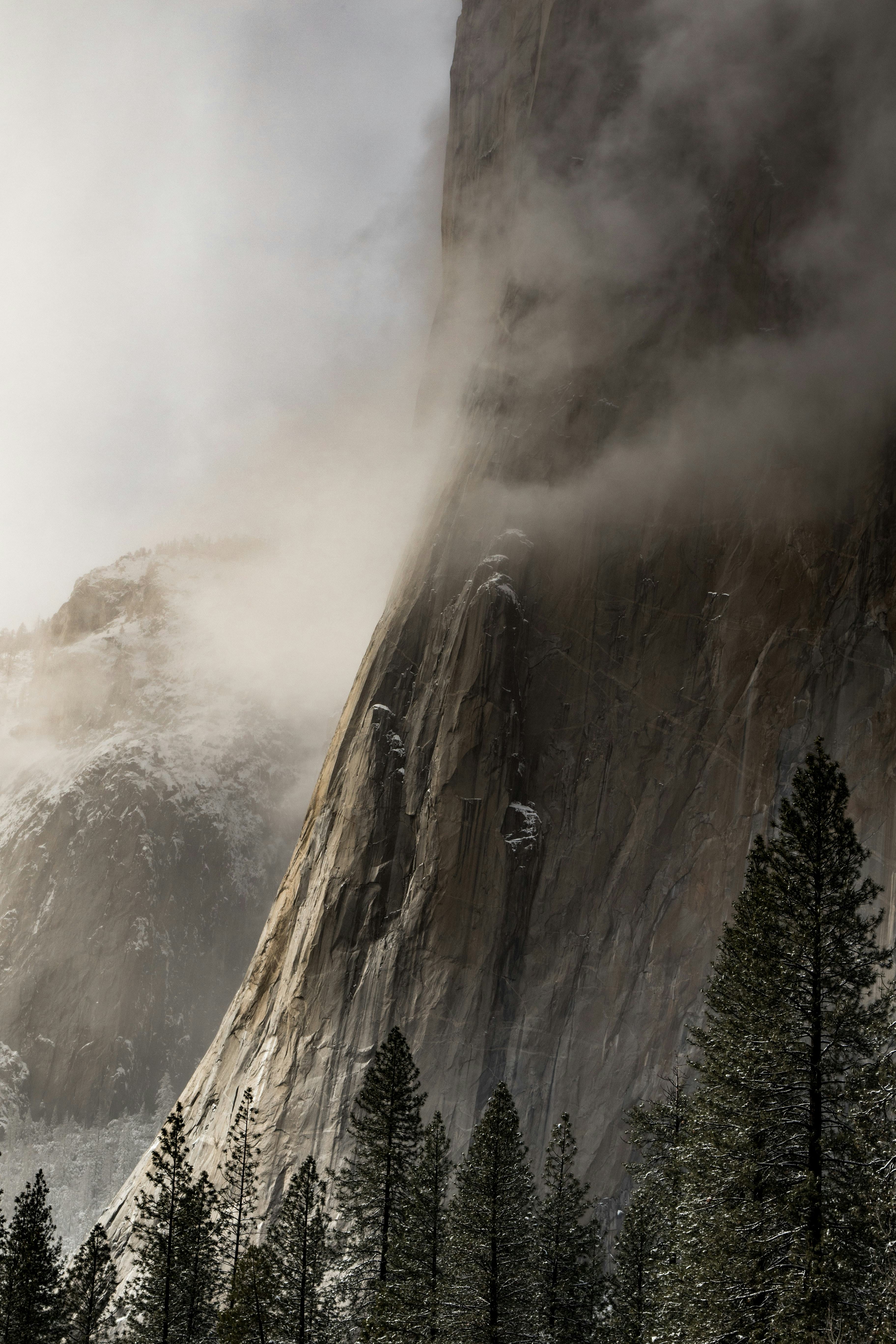Yosemite Granite: The Story Behind the Rock
Soaring gray rock defines the iconic national park—and tells a tale of deep time.

El Capitan | Jeremy Bishop
Yosemite is granite; granite is Yosemite. An overstatement? Only slightly. From climber culture to epic Ansel Adams shots to the dawn light on El Cap, the California national park is synonymous with huge wedges of rock. Here's how it came to pass:
3 KEY FACTORS
Uplift One way to visualize the granite landscape of Yosemite is to imagine you are standing on the tip of an immense iceberg as it pushes its way up through the much older crust of the earth. This is a slow-motion [but geologically rapid] process, with a deep mass of granite rock that first formed 2 to 5 miles below the surface rising about 1½ inches every hundred years. The Sierra Nevada now has 500 peaks over 12,000 feet and 160 peaks over 13,000 feet, making this one of the world’s foremost mountain environments.
Glaciation Two to three million years ago, the climate turned cold. The Sierra Nevada had risen high enough to capture large quantities of snow, which froze into giant icefields along the spine of the mountains. From these icefields tongues of ice began flowing downhill, following and filling old river canyons as far as the foothills. All the land surface under the ice was profoundly sculpted and carved by its tremendous pressure and weight, leaving behind many of Yosemite’s most dramatic features.
High and Low At 400 miles long and 50 to 80 miles wide, the Sierra Nevada is a massive and remarkably uniform block of rock that cracked along a fault on its east side, then tilted to the west as it rose. This resulted in the range showing a sheer and jumbled face along its east side, and a long sloping ramp on its broad west side. With such a long, gentle incline, you often don’t realize you’re in the mountains, but watch for plant zones that change in distinctive patterns as you climb or descend in elevation.

The Rock Spotters' Guide
This landscape is not as monolithic as it looks. More than 100 different bodies (plutons) of granitic rock have been mapped in the Yosemite region. Each has its own distinctive appearance, and each weathers in its own individual way—differences you’ll quickly spot. In Yosemite Valley, compare, for instance, El Capitan’s sheer and massive cliffs (composed of El Capitan granite) with the jumbled, tree-covered hillsides just down the canyon (composed of diorite). Or look for differences between the dark gray cliffs around Yosemite Village (mostly Sentinel granodiorite) and the gleaming whitish cliffs of Royal Arches and Half Dome to the east (Half Dome granodiorite). Perhaps most surprising, the massive formations found in the park are not inert. They respond in real time to changing conditions. For example, researchers have discovered that the cliffs of Yosemite Valley expand and contract about half an inch each day as they heat up in the sun then cool off at night. This “breathing” motion gradually weakens cliffs and can lead to rockfalls on hot summer days.
For a classic treatise, find The Incomparable Valley: A Geologic Interpretation of Yosemite by François E. Matthes, with photographs by Ansel Adams.






